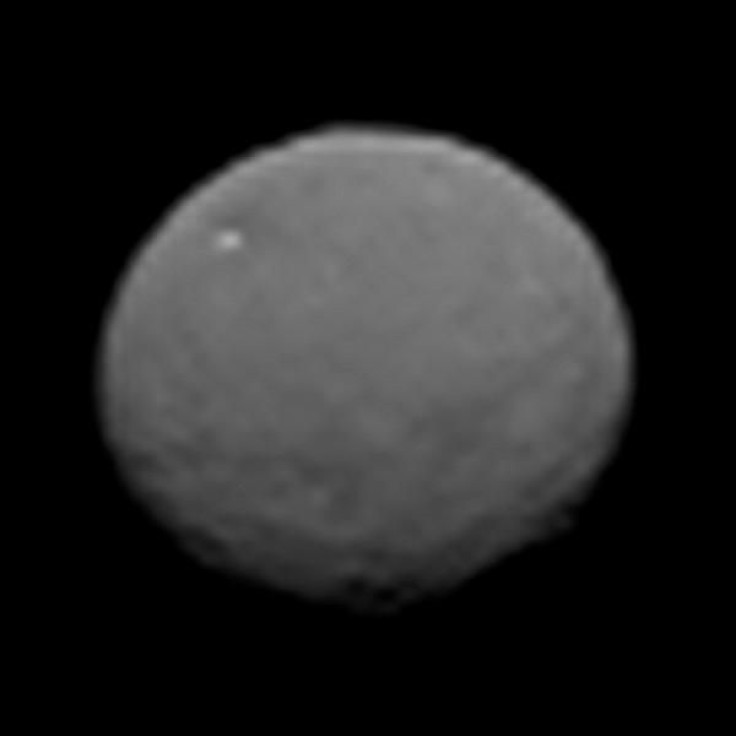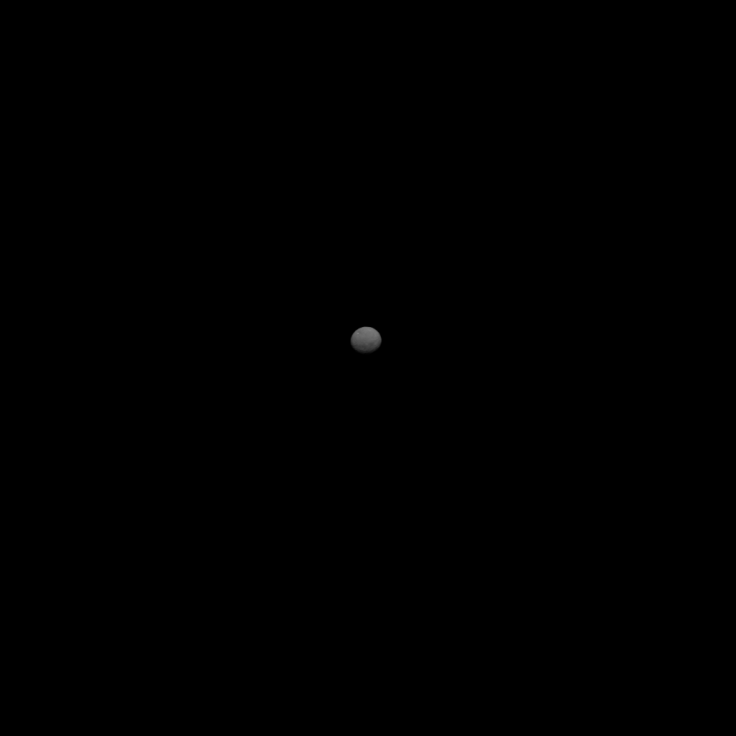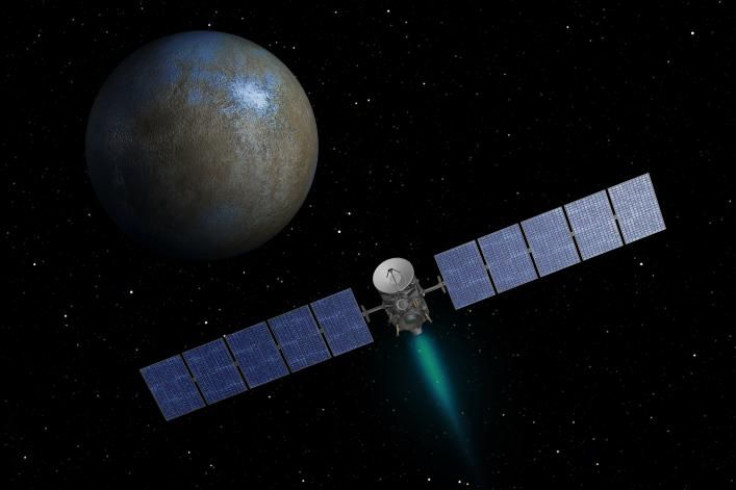NASA's Dawn Zeroes In On Ceres, Delivers Unprecedented View Of Dwarf Planet

NASA released new images of the dwarf planet Ceres Tuesday that give scientists the clearest ever pictures of the dwarf planet even though they were taken from 147,000 miles away. The pictures were captured by the unmanned Dawn spacecraft, which is expected to enter orbit around the small rock planet March 6.
The pictures have a 30 percent higher resolution than those taken in 2003 and 2004 by the Hubble Space Telescope from 150 million miles away, a NASA press release said. But the pictures will only get better as Dawn moves closer to Ceres, the only dwarf planet in the asteroid belt between Mars and Jupiter.
Anticipation at NASA ramped up again earlier this month when a fresh round of images showed a mysterious white spot near the top of the planet.

“We are already seeing areas and details popping out that had not been seen here before. For instance, there are several dark features in the southern hemisphere that might be craters within a region that is darker overall,” Carol Raymond, a JPL deputy principal investigator of the Dawn mission, told NASA. “Data from this mission will revolutionize our understanding of this unique body. Ceres is showing us tantalizing features that are whetting our appetite for the detailed explanation to come.”
The body was first discovered in 1801 by astronomer Giuseppe Piazzi. It was originally considered a planet before being reclassified as an asteroid and then reclassified again as a dwarf planet, defined as a body large enough to have enough gravity to be almost a completely round shape that's also in direct orbit of the sun, in 2006.
The crust is believed to be a mix of ice and liquid mud, with scientists also suggesting there is a subsurface ocean churning beneath the icy surface.

© Copyright IBTimes 2024. All rights reserved.











